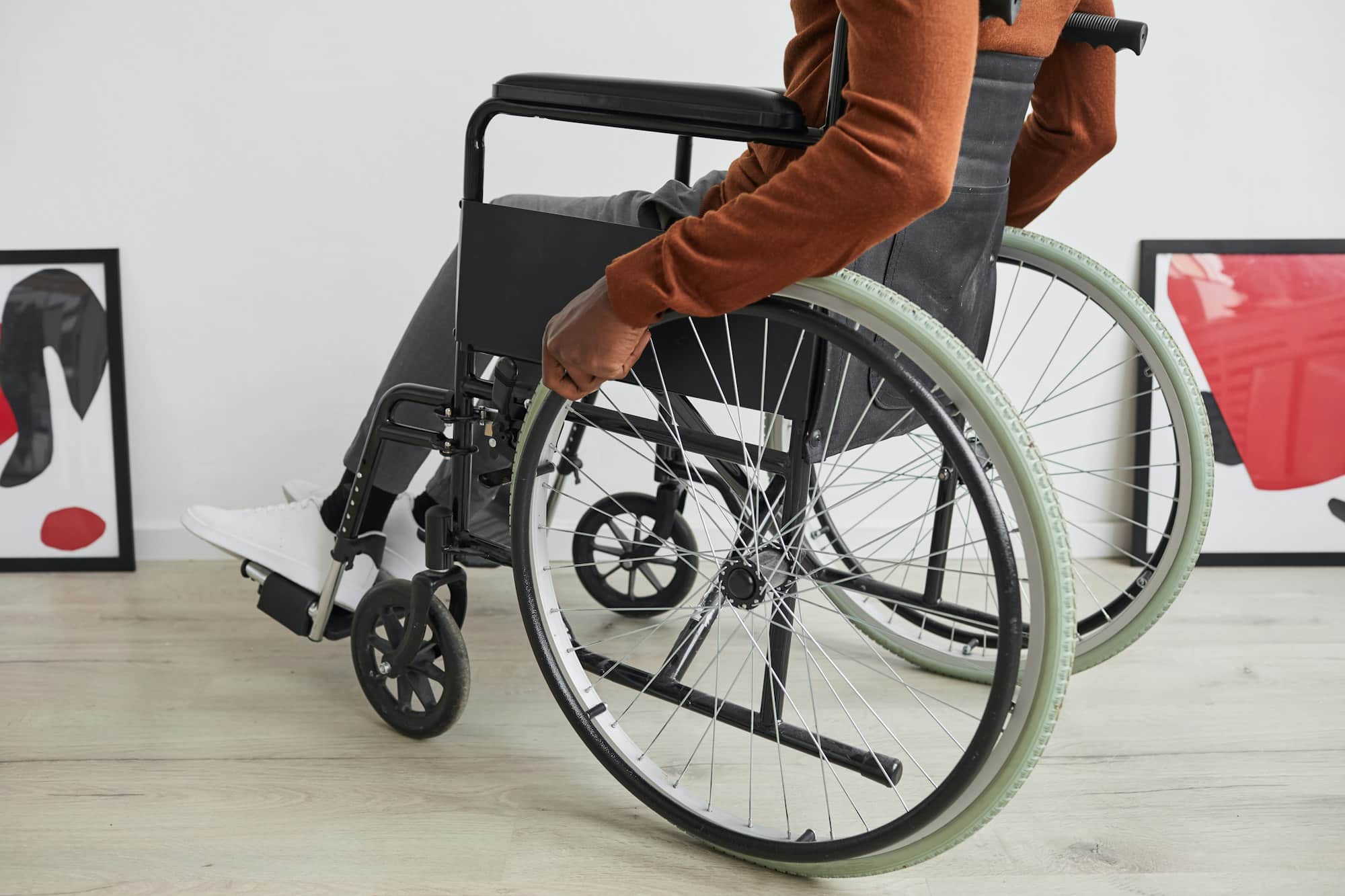How to Design a Wheelchair-Accessible Raised Garden Bed?

Gardening is a therapeutic and fulfilling activity that everyone should have the opportunity to enjoy. Unfortunately, traditional garden beds may not be accessible for individuals who use wheelchairs. The solution? A wheelchair-accessible raised garden bed. This article will guide you on how to create a garden bed that is accessible, practical, and beautiful, ensuring that everyone, regardless of mobility, can enjoy the gratifying experience of gardening.
Identifying the Right Space for Your Garden
Before you begin creating your raised garden bed, it’s essential to first identify an appropriate space. This space should be easily accessible to a wheelchair, with a wide, smooth path leading to the bed for easy manoeuvring. Remember, accessibility is key in this process.
Also to discover : How Can You Create a Low-Allergen Home Environment for Asthma Sufferers?
When choosing a location, consider the sunlight the area receives. Most plants require at least six hours of sunlight a day, so a sunny spot is ideal. The space should also be flat to ensure the bed is stable and the soil doesn’t erode.
Lastly, consider proximity to a water source. Gardening requires regular watering, and the closer your garden is to a water source, the simpler this task will be.
This might interest you : How to Incorporate a Japanese Ofuro Soaking Tub into a Modern Bathroom?
Selecting the Appropriate Garden Bed Height
One of the main benefits of a raised garden bed is the ability to control the height. For a wheelchair-accessible garden, the bed should be high enough so that someone seated in a wheelchair can comfortably reach the plants without straining. Typically, a height of 24 to 36 inches is recommended, but this can be adjusted based on the individual’s comfort and needs.
In addition to the height, consider the width of the bed. It should be narrow enough that all areas of the garden can be reached from either side of the bed. A width of 24 inches is often suitable, but this will depend on the arm length of the gardener.
Always keep the gardener’s reach ability in mind when determining these dimensions to ensure the garden is genuinely wheelchair-friendly.
Choosing the Right Materials and Tools
The materials used to construct your raised garden bed should be durable and weather-resistant. Often, gardeners choose to use untreated wood, such as cedar or redwood, as these types of wood naturally resist rot and pests.
Remember to avoid treated wood as it can leach harmful chemicals into the soil and, by extension, the plants.
When it comes to tools, you’ll need a saw, drill, screws, and possibly a level to ensure your garden bed is even. If these tools are not accessible, consider purchasing a pre-made garden bed kit, many of which are designed to be assembled with minimal tools.
Filling and Planting Your Garden Bed
Once your raised garden bed is constructed and positioned, it’s time to fill it with soil. A mix of topsoil, compost, and peat moss is often recommended. This mix will provide the nutrients your plants need to thrive and also ensure good drainage.
After filling your bed with soil, you can begin planting. When selecting plants, consider the garden’s accessibility. Choose plants that don’t grow too tall or wide, as they may become difficult to maintain and access.
Consider plants like herbs, lettuce, radishes, and strawberries – these make wonderful choices for raised beds and are relatively easy to maintain.
Maintaining Your Wheelchair-Accessible Garden
With the design and planting complete, the next step is maintaining your garden. This includes regular watering, pruning, and pest management.
Remember, accessibility should also be considered when selecting your gardening tools. Long-handled tools can make it easier for a wheelchair user to reach across the bed and care for their plants.
Creating a wheelchair-accessible raised garden bed may require a bit more planning and effort, but the rewards are well worth it. It provides an opportunity for wheelchair users to enjoy the therapeutic benefits of gardening, offering a sense of accomplishment and connection to nature. Remember, the key is to design with accessibility in mind, ensuring the garden is a joy to use, rather than a source of frustration.
Embracing the Use of Elevated Planters and Planter Box Designs
Choosing the right type of raised garden bed is an essential step in designing an accessible garden. To make gardening tasks more manageable for wheelchair users, consider using elevated planters or a planter box design.
Elevated planters, also known as table gardens, offer a very wheelchair-friendly design. They are typically 30-36 inches high, making them perfect for those with limited mobility. Most elevated planters come with sturdy legs and a bottom shelf, offering a comfortable gardening experience without the need to bend or kneel. The bottom shelf also provides an additional storage area for gardening tools and supplies.
Planter boxes, on the other hand, are great for those looking to create a more extensive garden area. You can customize the height, width, and length of these boxes to match your needs, ensuring that the entire garden is within easy reach. When designing your planter box, include wide, flat, or slightly inclined wheelchair ramps for easy access to the garden bed.
Both elevated planters and planter boxes can be filled with a mix of topsoil, compost, and peat moss to create an optimal growing environment. They offer a customizable, versatile, and practical solution for accessible gardening. Remember, adaptability is crucial in creating an accessible raised garden bed that caters to the needs of individuals with varying mobility levels.
Conclusion: The Joy of Creating a Wheelchair Accessible Garden
Creating a wheelchair-accessible raised garden bed may seem daunting at first, but with careful planning and the right materials, it is an achievable project that bears fruitful rewards. Gardening is not just about the end product; it is also about the process. It is about the joy of nurturing a seed into a full-grown plant, the satisfaction of harvesting your own produce, and the tranquillity that comes with being in touch with nature.
Accessible gardens break down barriers, allowing everyone, including individuals with limited mobility, to enjoy the process of gardening. They are a testament to the beauty of inclusivity, enabling wheelchair users to take an active part in gardening activities, promoting a sense of independence, and enhancing their quality of life.
Designing a garden bed that is accessible and comfortable for wheelchair users is a small step towards creating a more inclusive world. But remember, it’s not just about making a garden accessible; it’s about designing a space where everyone can thrive. Whether you’re a gardening enthusiast or a novice, remember this: In the world of gardening, there are no boundaries, only beds waiting to be filled with dreams and seeds waiting to sprout. So, let’s grab our gardening tools and make those dreams a reality. After all, every gardener knows that plants grow stronger when tended with care, and the same goes for the spirit of inclusivity. Let’s cultivate it, one accessible garden at a time.
